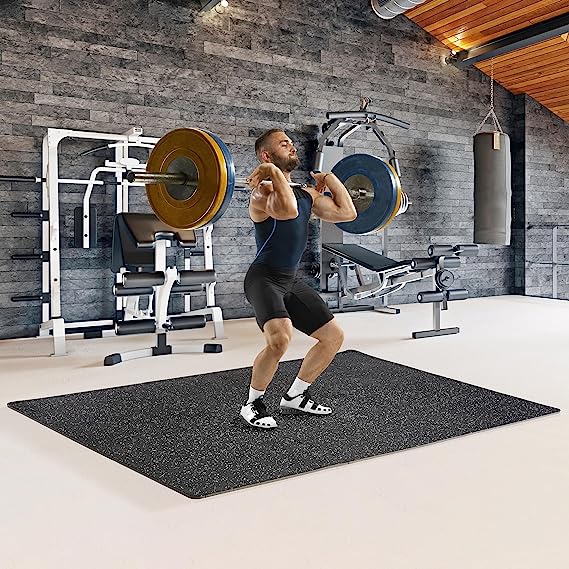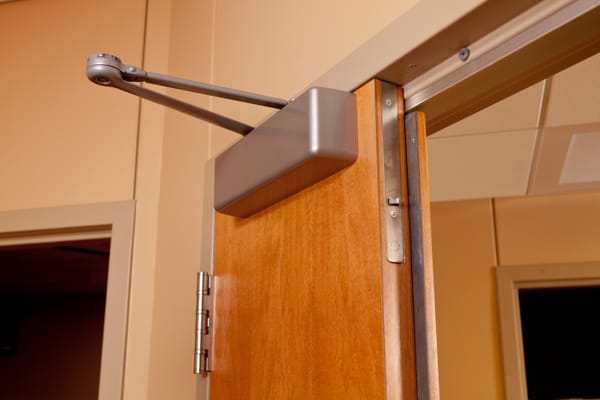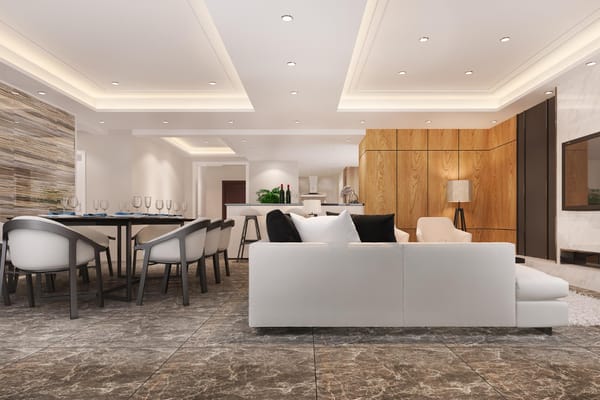One of the most important aspects of building a gym is choosing the right flooring. Not only does gym flooring play a huge role in the safety and comfort of your workout, but it can also affect the longevity and maintenance of your equipment. With so many different types of gym flooring available, it can be overwhelming trying to decide which one is right for you. In this blog post, we will cover everything you need to know about gym flooring so that you can make an informed decision.
Types of Gym Flooring
The most popular types of gym flooring include rubber, foam, and vinyl. Rubber flooring is durable, easy to clean, and provides great shock absorption to prevent injury. Foam flooring is a great option for workouts that involve a lot of jumping and provides extra cushioning for your joints. Vinyl flooring is a budget-friendly option that is easy to install and maintain, but may not provide as much cushioning as rubber or foam.
Factors to Consider
When choosing gym flooring, you should consider factors such as the type of workouts you plan on doing, the size of your gym, and your budget. For example, if you plan on doing a lot of weight training, you may want to lean towards thicker rubber flooring that can withstand heavy weights. If your gym is in a garage or other outdoor area, you may want to consider a waterproof option. It's also important to consider the maintenance and durability of the flooring, as you don't want to have to replace it often.
Installation
Depending on the type of gym flooring you choose, installation can vary. Foam and vinyl flooring typically comes in interlocking pieces that can easily be put together like a puzzle. Rubber flooring can be more difficult to install and may require professional installation depending on the size and thickness of the rolls. It's important to read the manufacturer's instructions carefully and consider hiring a professional if you're not confident in your abilities.
Maintenance
Proper maintenance is important to ensure the longevity of your gym flooring. Rubber and foam flooring can easily be cleaned with a mop and mild soap, while vinyl flooring can be swept and mopped as well. It's important to avoid using harsh chemicals and abrasive materials that can damage the flooring. You should also clean up any spills immediately to prevent staining or warping of the flooring.
Cost
The cost of gym flooring can range from budget-friendly vinyl options to more expensive rubber or foam options. The price will often depend on the size and type of flooring you choose, as well as installation costs if you choose to hire a professional. While it may be tempting to go for the cheapest option, it's important to consider the long-term benefits of investing in high-quality gym flooring that will last for years to come.
Frequently Ask Question
What is the best flooring for a gym?
The best flooring for a gym will depend on the type of activities you plan to do. For example, if you plan to do a lot of weightlifting, then rubber flooring is a great option as it is slip-resistant and provides cushioning for heavy weights. If you plan to do more cardio-based activities, then wood or vinyl flooring is a great option as it is easy to clean and provides a more stable surface. Ultimately, the best flooring option for you will depend on your specific needs and the type of activities you plan to do.
What type of floors are used in gyms?
The most common type of flooring used in gyms is rubber flooring. Rubber flooring is durable, easy to clean, slip-resistant, and provides cushioning for athletes. It also helps absorb the shock from heavy weights and other gym equipment. Vinyl flooring is also popular in gyms because it is low-maintenance, cost-effective, and available in a variety of colors and patterns. Carpet tiles are another option, as they provide cushioning for athletes and can be easily replaced if they become damaged.
Is PVC good for gym flooring?
PVC is a popular choice for gym flooring due to its durability, low maintenance, and affordability. PVC gym flooring is resistant to water and moisture, making it an ideal choice for areas with high humidity. It is also slip-resistant, easy to clean, and comes in a wide variety of colors and designs. PVC gym flooring is also strong enough to withstand heavy equipment and foot traffic.
How thick is gym flooring?
Gym flooring typically ranges in thickness from 1/4 inch to 1 inch. The thickness of the flooring depends on the type of activity that is being performed. For example, thicker flooring is usually used for activities that involve a lot of impact, such as weightlifting, while thinner flooring is more suitable for activities that require more agility, such as aerobic exercise.
What are most gym floors made of?
Most gym floors are made from a variety of materials, depending on the type of activity that takes place in the room. Generally, gymnasiums or sports facilities have hardwood floors, such as maple or beech. These woods offer good shock absorption and slip resistance for activities like basketball and volleyball. Other activities might require softer surfaces which can be found with rubber flooring - either rolled rubber mats or interlocking tiles - that provide cushioning for workouts like Zumba and aerobics. When used in conjunction with other surfaces, vinyl-coated cushioned sheets may also be used to increase comfort levels during high-impact activities. In addition to these ground covering options, there may be an additional protective layer over the surface, such as foam mats or area rugs designed to provide extra protection against slips and falls and further reduce trauma to bones and joints during physical activity.
Whether you're looking for something basic yet effective, durable yet water resistant; eco-friendly but low maintenance; versatile yet affordable - whatever your needs may be - most gyms will have suitable flooring material available within their space that fits your specific requirements!
Choosing the right gym flooring is essential for your safety, comfort, and the longevity of your equipment. With so many different types of gym flooring available, it can be overwhelming trying to make a decision. However, by considering factors such as the type of workouts you plan on doing, the size of your gym, and your budget, you can make an informed decision that will benefit you in the long run. Remember to also consider the installation and maintenance of the flooring, as well as the cost, to ensure that you choose the best option for your needs.








